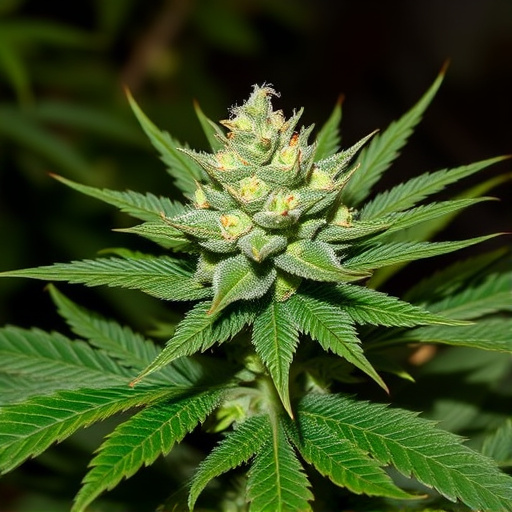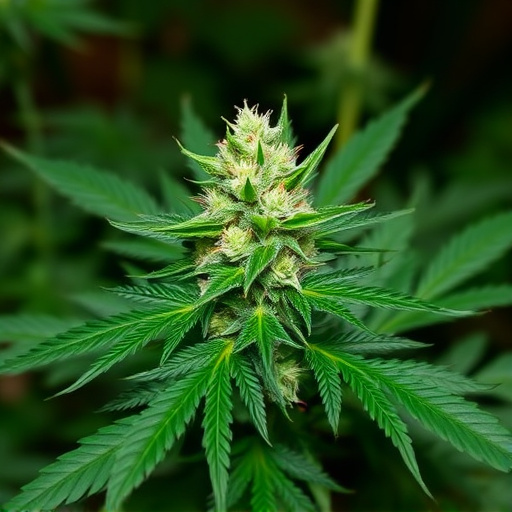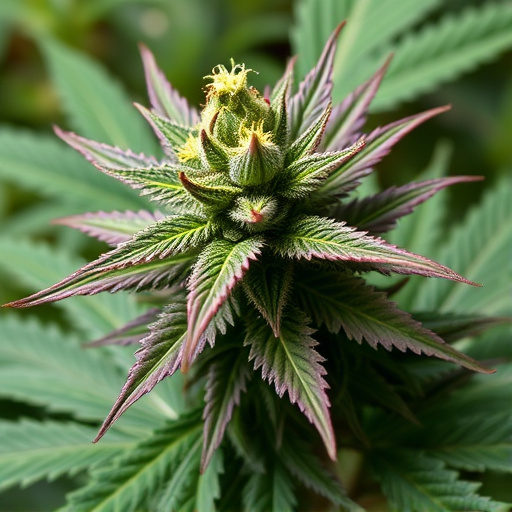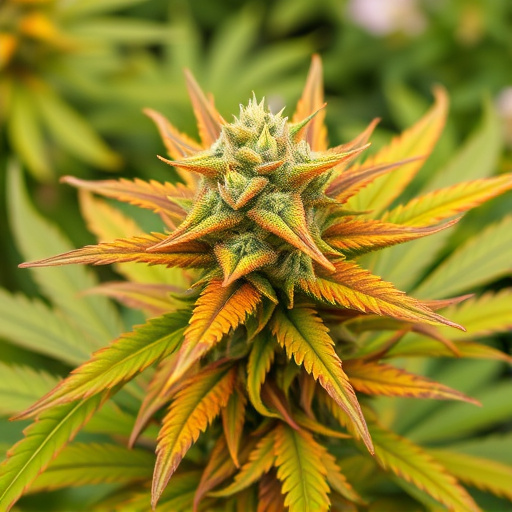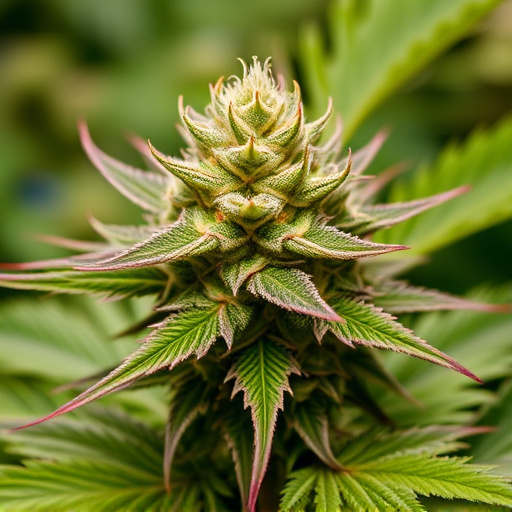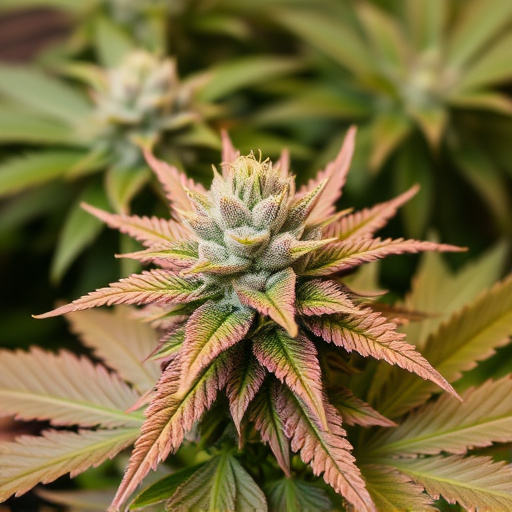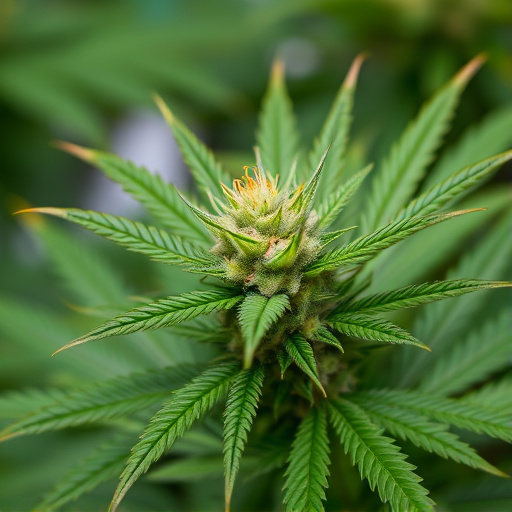THC in Hawaiian cannabis strains interacts with brain receptors (CB1/CB2) and the endocannabinoid system, influencing hunger hormones like ghrelin. This interaction can lead to reduced hunger and increased satiety, offering potential therapeutic benefits for eating disorders. These strains also modulate mood and reduce anxiety but carry risks such as elevated heart rate and paranoia, requiring responsible use and professional guidance due to lack of long-term studies.
THC, the primary psychoactive compound in cannabis, has surprising effects on our hunger hormones. This article explores how THC interacts with our body’s appetite-regulating mechanisms, delving into the specific role played by Hawaiian cannabis strains known for their potent effects on diet and metabolism. We’ll discuss potential benefits for users while also considering important factors to keep in mind.
- Understanding THC and its Interaction with Hunger Hormones
- The Role of Hawaiian Cannabis Strains in Appetite Regulation
- Potential Benefits and Considerations for Users
Understanding THC and its Interaction with Hunger Hormones
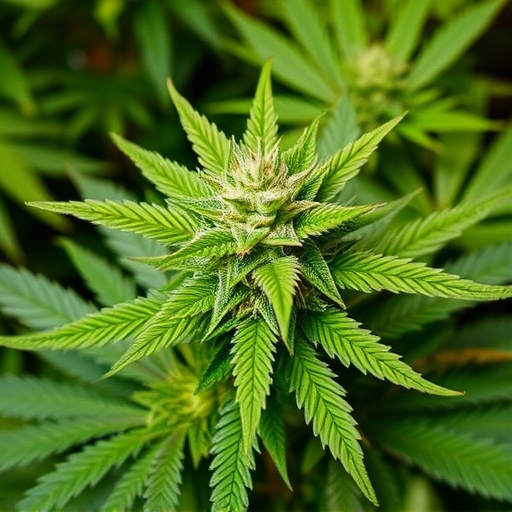
THC, or Tetrahydrocannabinol, is a key compound found in Hawaiian cannabis strains and other varieties worldwide. Its interaction with the body’s complex hormonal system, particularly hunger hormones, has been a subject of growing interest in the scientific community. When THC binds to specific receptors in the brain, it triggers a cascade of effects that can significantly influence an individual’s appetite and food intake.
These receptors, primarily CB1 and CB2, are involved in regulating various physiological processes, including eating behavior. Research suggests that THC’s activation of these receptors may lead to changes in hormone levels, such as ghrelin (often referred to as the ‘hunger hormone’) and leptin, which play a crucial role in signaling hunger and satiety. Understanding this intricate relationship between THC and hunger hormones offers valuable insights into both potential therapeutic applications in managing eating disorders and the impact on users’ dietary choices.
The Role of Hawaiian Cannabis Strains in Appetite Regulation
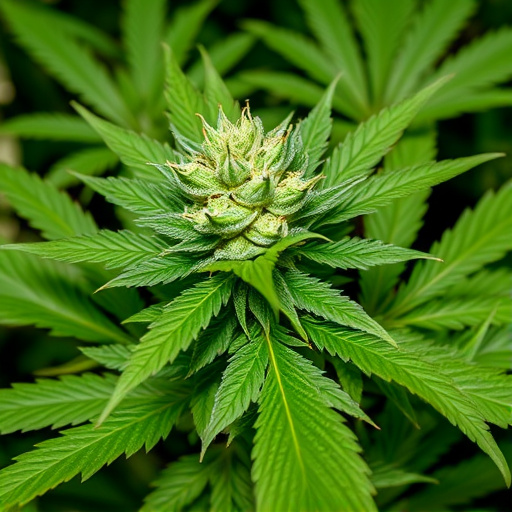
Hawaiian cannabis strains have gained attention for their potential role in appetite regulation, thanks to their unique chemical composition and genetic heritage. These strains often possess higher levels of terpenes like linalool and myrcene, which are known to interact with the endocannabinoid system (ECS), a key player in regulating hunger and satiety. The ECS maintains balance in various physiological processes, including food intake, by binding with endocannabinoids produced naturally within our bodies.
Research suggests that specific compounds in Hawaiian cannabis strains can modulate the activity of hormones like ghrelin, often referred to as the “hunger hormone.” Ghrelin levels rise when we’re hungry and peak before meals, signaling the brain to stimulate appetite. Certain terpenes present in these tropical strains may inhibit ghrelin release, potentially leading to reduced feelings of hunger and increased satiety, making them a topic of interest for both scientific exploration and potential therapeutic applications.
Potential Benefits and Considerations for Users
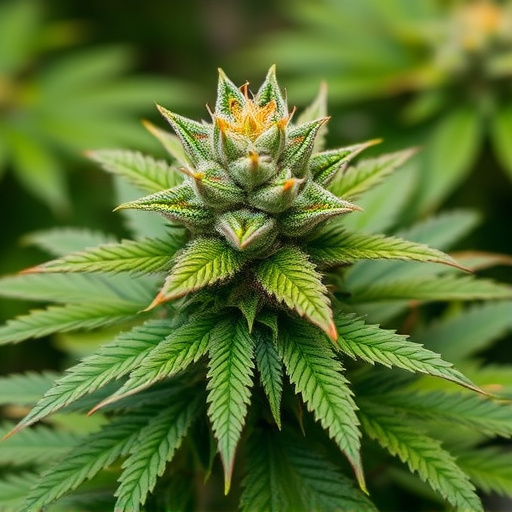
The potential benefits of THC, as demonstrated by certain Hawaiian cannabis strains known for their high THC content, extend beyond just appetite stimulation. Research suggests that it may play a role in various physiological processes, offering therapeutic advantages. For instance, some users report improved mood and reduced anxiety after consumption, which could be attributed to its interaction with the endocannabinoid system. This system is responsible for regulating numerous functions, including stress response and overall well-being.
However, considerations are essential. While THC can stimulate hunger, leading to potential weight gain or maintenance in some users, it may also induce adverse effects like increased heart rate and paranoia. Individuals with a history of mental health issues or those susceptible to anxiety should exercise caution, as THC can exacerbate these conditions. Moreover, the long-term effects of regular consumption require further study, highlighting the importance of responsible use and consultation with healthcare professionals for personalized guidance.
THC’s impact on hunger hormones is a fascinating aspect of its complex profile, offering potential benefits for appetite regulation. Hawaiian cannabis strains, known for their unique composition, play a significant role in this process. By understanding the interplay between THC and these hormonal mechanisms, users can make informed decisions regarding their consumption, especially when utilizing hawaiian cannabis strains for their therapeutic properties related to appetite stimulation or suppression. Further research is essential to uncover the full scope of its effects and ensure safe, responsible use.








